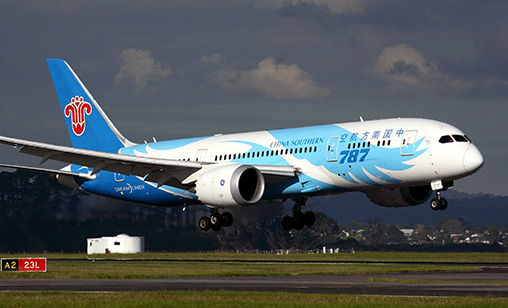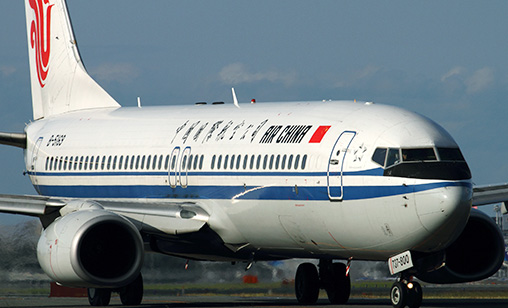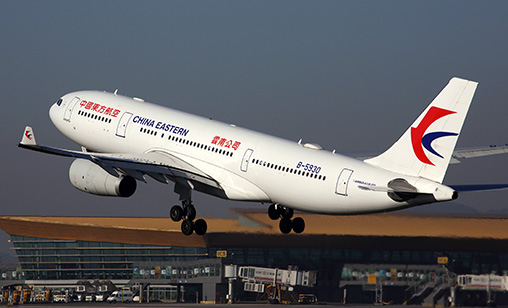News Backgrounder
Passenger rebound no antidote to Mainland airline losses
November 1st 2020
With air travel in most of the Asia-Pacific struggling for renewed traction in the face of the coronavirus crisis, the country at the epicentre of the pandemic, China, has seen its domestic airline traffic return to near 2019 levels. Read More »
And if there was any doubt China was leading the “new normal” of Asia-Pacific commercial aviation, at least in domestic air travel, that evaporated when the country celebrated its annual national day holiday in the first week of October. Domestic passenger numbers for the Golden Week reached 13.26 million, or 91.07% of levels recorded in the same period of 2019, reported the Civil Aviation Administration of China.
 |
 |
 |
With the country reporting relative control over a pandemic that continues to cripple the aviation industry worldwide Chinese airlines are filling their seats on local air routes.
Mainland carriers are still not in profit – they are luring passengers aboard with cheaper air fares – but they are boosting the hard-hit travel sector. China’s Ministry of Culture and Tourism recently reported the nation’s tourist attractions received 637 million visits in the October holiday week, 79% of the visits made last year. Tourism revenue was US$68.5 billion, 69.9% of 2019.
The latest figures underpin the recovery taking place since China’s airlines hit record lows early in the year from the impact of COVID-19. In February, during the worst of China’s slowdown, the country’s aviation market shrank to the size of Portugal’s. Now, according to aviation data supplier OAG, China’s three major carriers, China Southern Airlines (CSA), China Eastern Airlines (CEA) and Air China, have risen up the ladder of the world’s top 20 airlines to positions two, three and six, respectively. By July, in a Global Recovery Update from ForwardKeys, Chinese airline travellers contributed 68% of total air travel in the Asia-Pacific.
In September a China-based civil aviation data service provider, VariFlight, was reporting the country’s airports were handling more than 90% of the volume registered in the same month last year. Although international flights remained extremely low, they also had increased slightly in September compared with August,
Given there are no fresh outbreaks of the virus, airlines and travel industry executives are confident Mainland domestic travel patterns will be completely back to normal by the end of the year.
In a recent online aviation summit, the chief executive of Chinese travel agency Trip.com, Jane Sun, said people now feel “very safe” flying within China and demand continues to pick up strongly. Even business travel will rebound, she said, dismissing concerns work trips will be a thing of the past now people have become accustomed to virtual meetings. “Domestic travel will be back to normal by the end of this year,” she said.
Despite the recovery, China’s airlines have not avoided the financial pain of the global COVID-19 crisis. The “Big Three” carriers have reported combined losses of almost $4 billion in the first half of this year and the boost in domestic travel will not return them to the black in 2020.
Like airlines elsewhere, they are raising fresh capital to keep their heads above water. Guangzhou-based CSA is seeking $2.4 billion by selling 160 million A Share convertible bonds. Shanghai-based CEA intends to increase its cash reserves by $4.6 billion with the sale of 32% of its equity to four state-owned businesses.
Bloomberg Intelligence said Air China’s losses will be exacerbated by troubles at its associates and could reach more than $2 billion this year, even with the increase in domestic travel. CEA could experience a 2020 revenue slide of 50% and CSA sales may drop 41%, forecast analysts, James Teo and Chris Muckensturm.
In the meantime, China is pressing ahead with aviation infrastructure developments outlined in its latest five-year plan. They include the completion of the starfish-shaped Qingdao Jiaodong International Airport, which can handle 35 million passengers a year and operate landings or take-offs every 73 seconds, and a $7.2 billion expansion of Xi’an International airport.